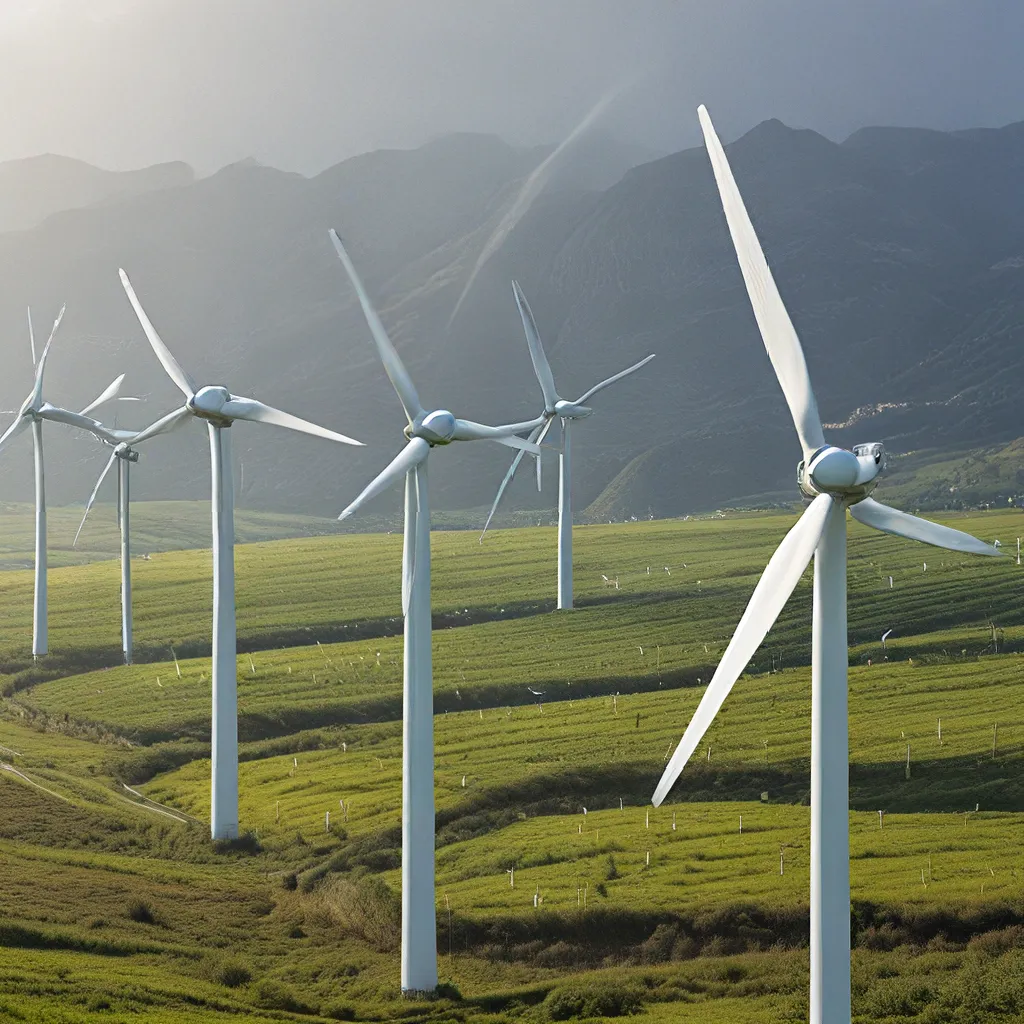
Staring Down the Climate Crisis
It’s no secret that we’re facing a daunting challenge. The climate crisis looms large, and the need for a rapid, global transition to renewable energy has never been more pressing. As the clock ticks, the stakes keep getting higher – both for our planet and for the future of humanity.
But you know what they say, “When the going gets tough, the tough get going.” And that’s exactly what we need to do. We need to dig deep, get creative, and find ways to unlock the massive investments required to make the switch to clean, sustainable energy sources.
Bridging the Financing Gap
The numbers are staggering. According to the International Renewable Energy Agency (IRENA), the world needs to invest a whopping $2.4 trillion per year in renewable energy infrastructure to meet our climate goals. That’s a lot of zeroes, my friends.
But the reality is, we’re falling short. Current investment levels are just a fraction of what’s needed – around $300 billion per year. So, how do we bridge this gaping chasm and get the necessary funds flowing?
Tapping into Innovative Financing Solutions
The key lies in unleashing a wave of innovative financing solutions that can de-risk investments and make renewable energy projects more attractive to a wider range of investors. We’re talking about things like:
Blended Finance
Combining public and private funding sources to share the risks and rewards of clean energy projects. This could involve development banks, impact investors, and even crowdfunding platforms.
Green Bonds
Debt instruments specifically designed to finance environmentally-friendly initiatives. These bonds provide a steady stream of capital while offering investors a socially-conscious investment option.
Structured Finance
Utilizing complex financial instruments like securitization, project bonds, and credit guarantees to package and distribute the risks associated with renewable energy projects.
Carbon Pricing
Implementing carbon pricing schemes that put a price on greenhouse gas emissions, creating a financial incentive to shift towards cleaner energy sources.
The beauty of these innovative approaches is that they tap into a much broader pool of capital, drawing in institutional investors, pension funds, and even everyday citizens who want to be part of the solution.
Unlocking Private Sector Engagement
But it’s not just about the money – we also need to get the private sector more actively engaged in the renewable energy transition. After all, they hold the keys to a significant portion of the global investment pie.
And the good news is, the private sector is starting to wake up to the immense opportunities presented by the clean energy revolution. Companies are recognizing the commercial viability of renewable technologies and the reputational and financial benefits of being seen as environmentally-conscious.
According to the World Economic Forum, renewable energy sources like wind and solar are now cheaper to build than fossil-fuel power plants in 85% of the world. This is a game-changer, making the business case for renewable energy investments much more compelling.
Empowering Developing Nations
But the renewable energy transition isn’t just about the developed world. In fact, some of the greatest potential lies in emerging markets and developing economies, where access to clean, affordable energy can be a game-changer for economic and social progress.
As the UN’s Economic and Social Council recently highlighted, close to 2 billion people worldwide will still be relying on polluting fuels and technologies for cooking by 2030. This is unacceptable. We need to ensure that everyone, regardless of their location or economic status, has access to sustainable energy solutions.
And the good news is, the tools and technologies are already there. Innovative financing mechanisms and targeted policy support can help developing nations leapfrog the fossil fuel era and embrace renewable energy at scale. It’s a win-win for the planet and for the people.
A Just Transition for All
But as we pursue this renewable energy revolution, we must ensure that it’s a just and equitable transition. We can’t leave anyone behind – especially the most vulnerable communities who have contributed the least to the climate crisis but stand to suffer the most.
That means investing in training and reskilling programs to support workers in carbon-intensive industries as they transition to clean energy jobs. It means empowering women, youth, and marginalized groups to be active participants in the renewable energy ecosystem. And it means respecting the rights and traditional knowledge of Indigenous communities as we develop sustainable energy solutions.
A Brighter Future Awaits
The task ahead may seem daunting, but I’m convinced that we have the tools, the know-how, and the collective will to make it happen. By harnessing the power of innovative financing, engaging the private sector, and ensuring a just transition for all, we can unlock the investments needed to drive a sustainable energy revolution.
And you know what they say, “If you can dream it, you can do it.” So, let’s dream big, get to work, and create a brighter, more sustainable future for generations to come. Who’s with me?
Now, if you’ll excuse me, I’m off to check out the latest offerings from Plug N’ Save Energy Products – because every step we take, no matter how small, can make a big difference in the fight against climate change.